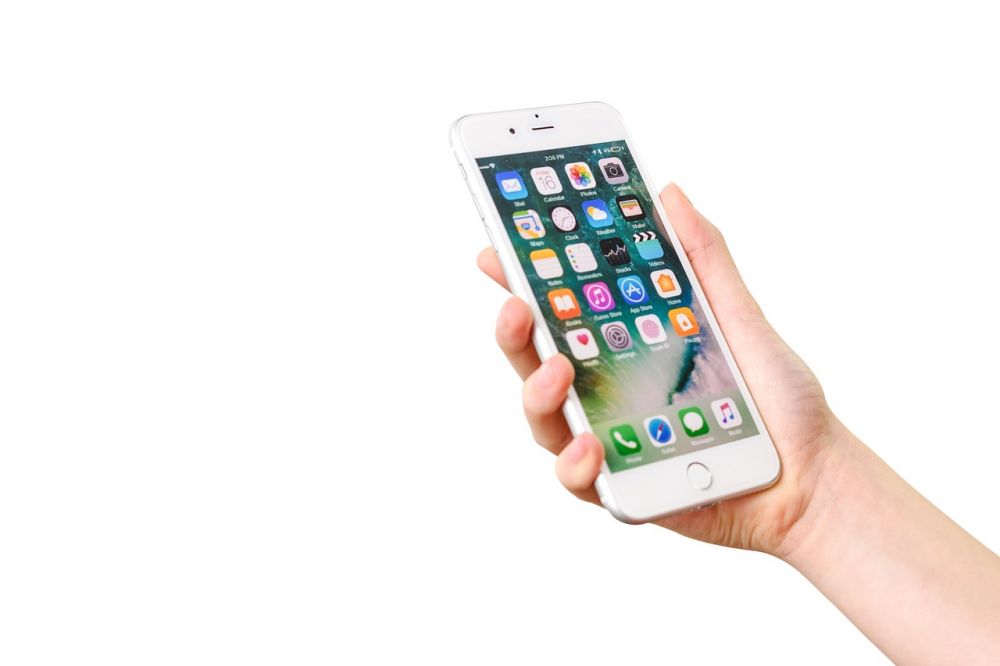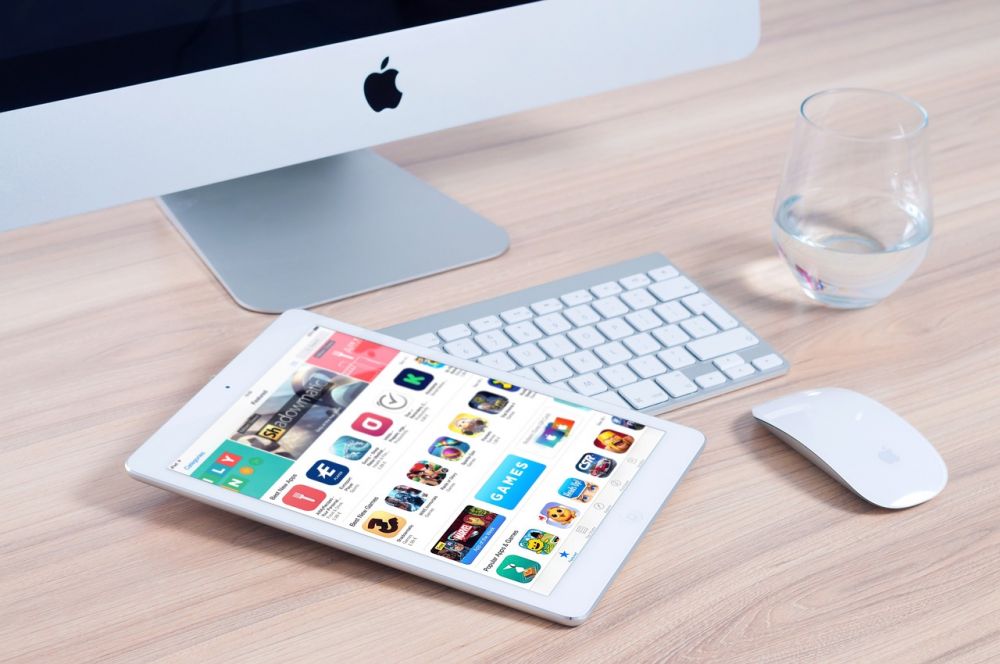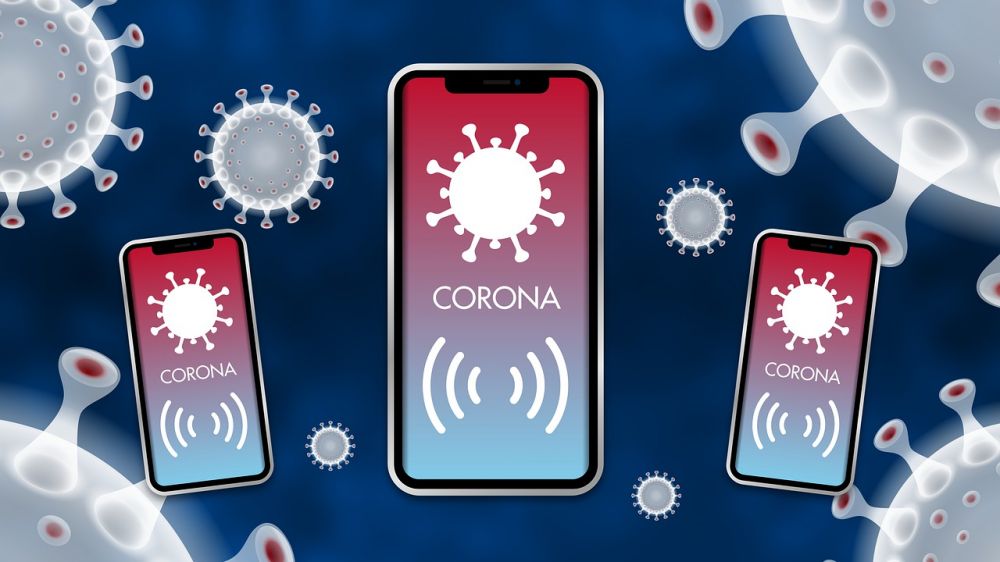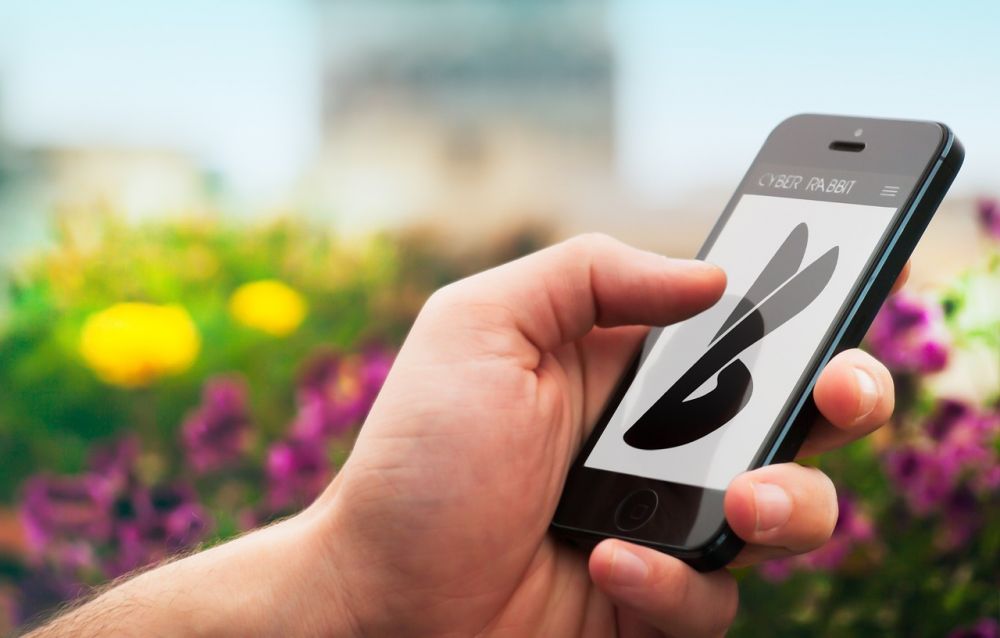Gmail App: The Complete Evolution and Mastery Guide for Tech Enthusiasts

Introduction:
The Gmail app has revolutionized the way we manage our emails, providing a streamlined and user-friendly experience on both mobile and desktop devices. In this comprehensive article, we will delve into the features, functions, and evolution of the Gmail app, catering to tech enthusiasts seeking in-depth knowledge. Whether you’re a new user or a veteran, this guide aims to provide valuable insights into maximizing your Gmail app experience.
A Historical Journey of Evolution:

Ever since its initial release in 2004, Gmail has continued to evolve, offering cutting-edge features that have transformed the way we communicate. Let’s take a closer look at some pivotal moments in the development of the Gmail app:
1. 2004 – Birth of Gmail:
Gmail was introduced as a web-based email service with a massive storage capacity and advanced search capabilities. It disrupted the existing email landscape with its unique interface and labeling system, replacing the traditional folder structure.
2. 2005 – The Rise of Gmail Labs:
Gmail Labs, a testing ground for experimental features, was launched. It allowed users to enable and try out new functionalities, such as adding a preview pane, canned responses, and multiple inboxes.
3. 2007 – Mobile Era Begins:
Gmail expanded its reach by introducing a mobile version for iOS and Android platforms. This move revolutionized email accessibility on smartphones, providing users with a seamless experience while on the go.
4. 2013 – Introduction of Tabs:
To combat email overload, Gmail introduced tabs, organizing incoming messages into categories like Primary, Social, Promotions, and Updates. This feature offered better control over email flow and improved inbox management.
5. 2018 – Smart Compose:
Using machine learning, Gmail introduced Smart Compose, an AI-driven feature that suggests auto-complete phrases while composing emails. This time-saving feature assists users in drafting emails with greater ease and efficiency.
6. 2020 – Confidential Mode and Offline Support:
Gmail app unveiled Confidential Mode, allowing users to send self-destructing emails with specific expiration dates. Additionally, offline support was introduced, enabling users to access and compose emails without an active internet connection.
Maximizing the Gmail App Experience:
Here are some tips and tricks to master the Gmail app:
1. Labels and Filters:
Use labels and filters to organize and prioritize your emails effectively. Create custom labels and set up automated filters to ensure important emails are easily accessible.
2. Keyboard Shortcuts:
Take advantage of Gmail’s extensive list of keyboard shortcuts to navigate and manage your inbox more efficiently. From composing to archiving emails, keyboard shortcuts can significantly speed up your workflow.
3. Integration with Google Workspace:
Explore the seamless integration of Gmail app with Google Workspace. Collaborate on documents, schedule meetings, and receive real-time notifications within your inbox, enhancing productivity.
4. Personalization and Themes:
Customize the look and feel of your Gmail app by selecting different themes. Express your personality or create a professional ambiance that suits your preferences.
Becoming a Gmail Power User:
To become a true Gmail power user, consider these advanced functionalities:
1. Advanced Search Operators:
Learn and utilize Gmail’s advanced search operators to quickly locate emails based on specific criteria such as sender, subject, attachment, and date range.
2. Snooze Emails:
Take advantage of the snooze feature to temporarily hide emails from your inbox and have them reappear at a later, more convenient time.
3. Add-ons and Extensions:
Discover and install Gmail add-ons and extensions to enhance your workflow. From email tracking to email scheduling, a variety of tools are available to expand your Gmail capabilities.
Conclusion:
The Gmail app has come a long way since its inception, revolutionizing email management and improving communication efficiency. By understanding its history, exploring its features, and employing various tips and tricks, you can harness the full potential of the Gmail app. Embrace this evolving platform and elevate your email experience to new heights. Stay tuned for future advancements, as Gmail continues to shape the way we communicate in the digital age.
Sources:
– Google Support: Gmail
– Google Workspace Updates Blog





